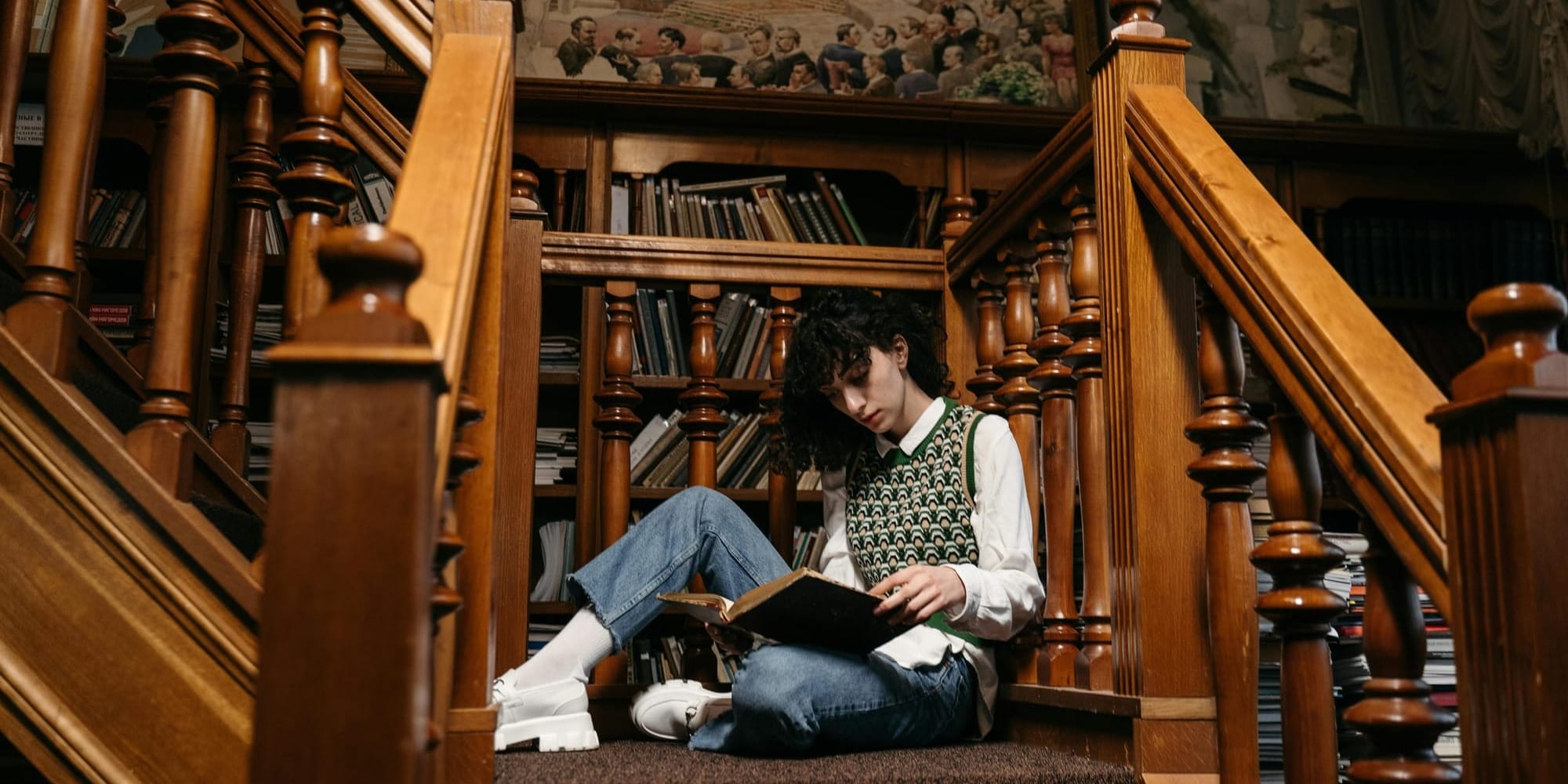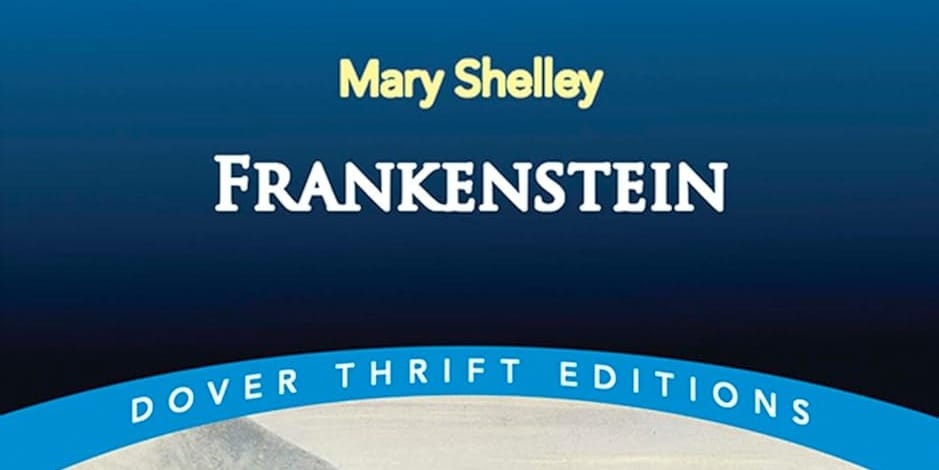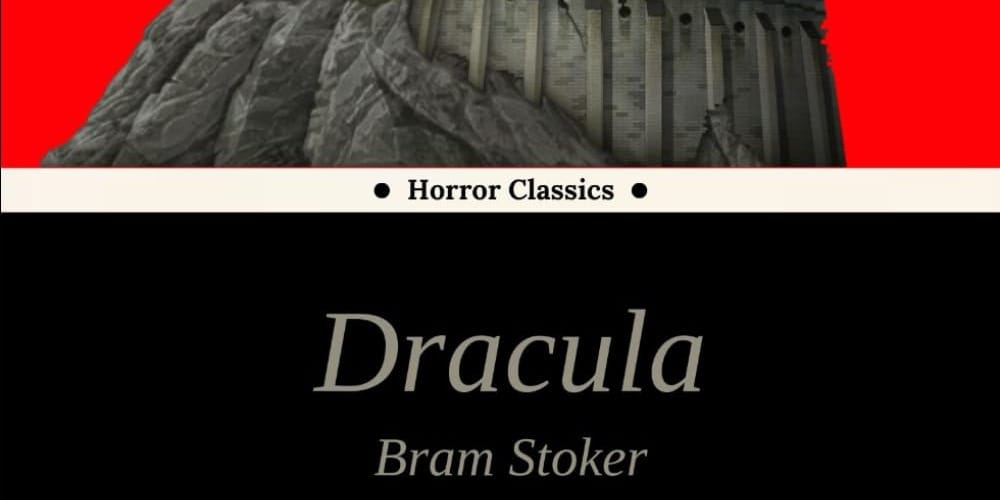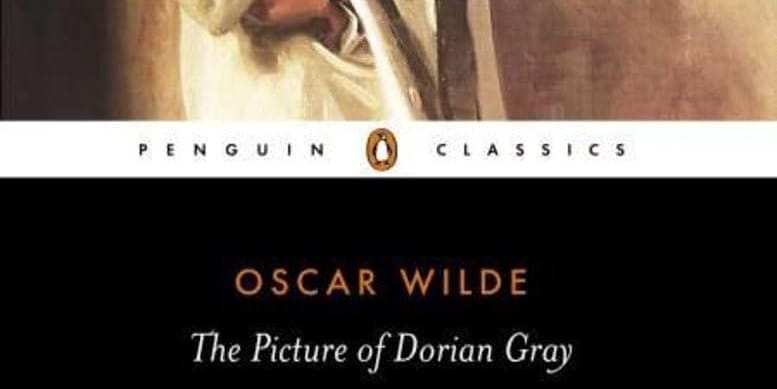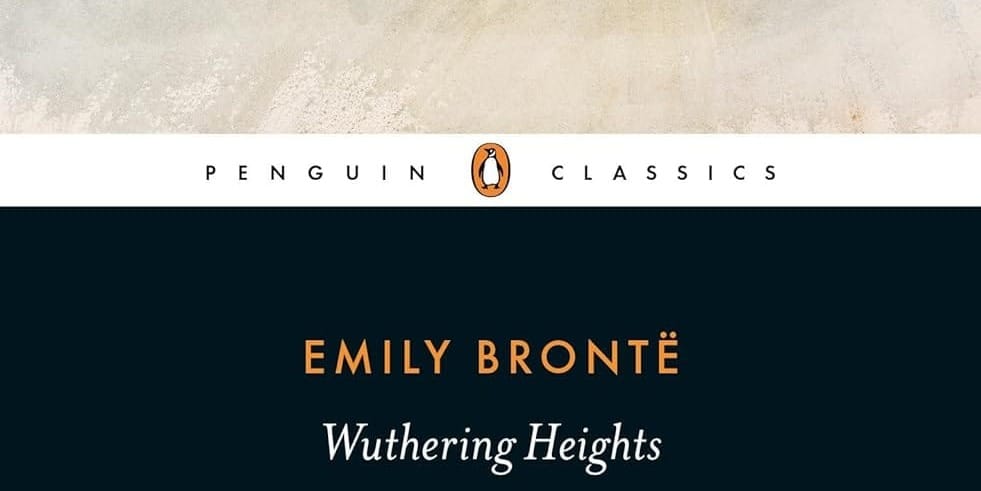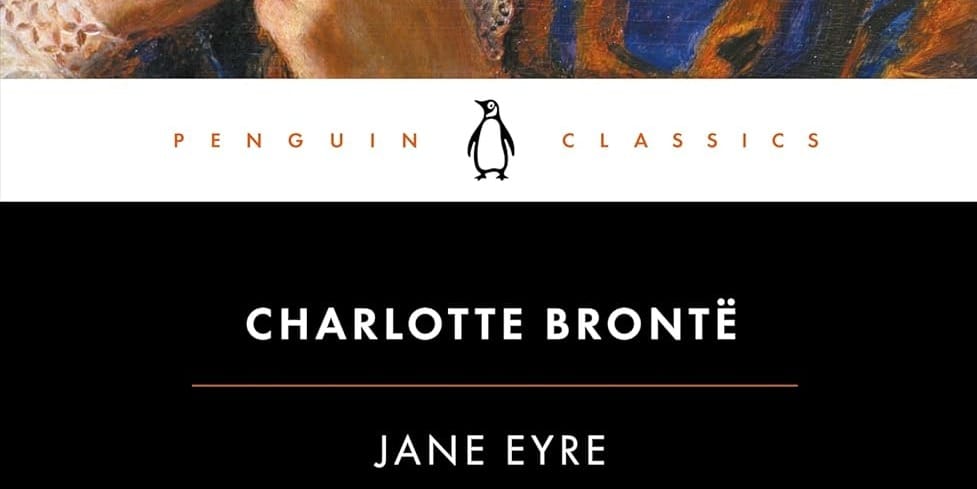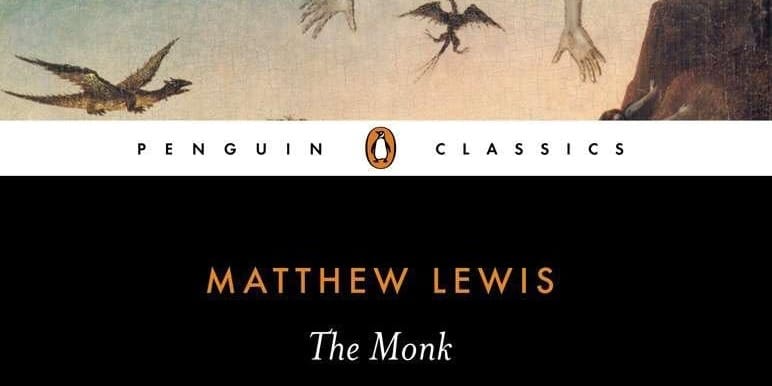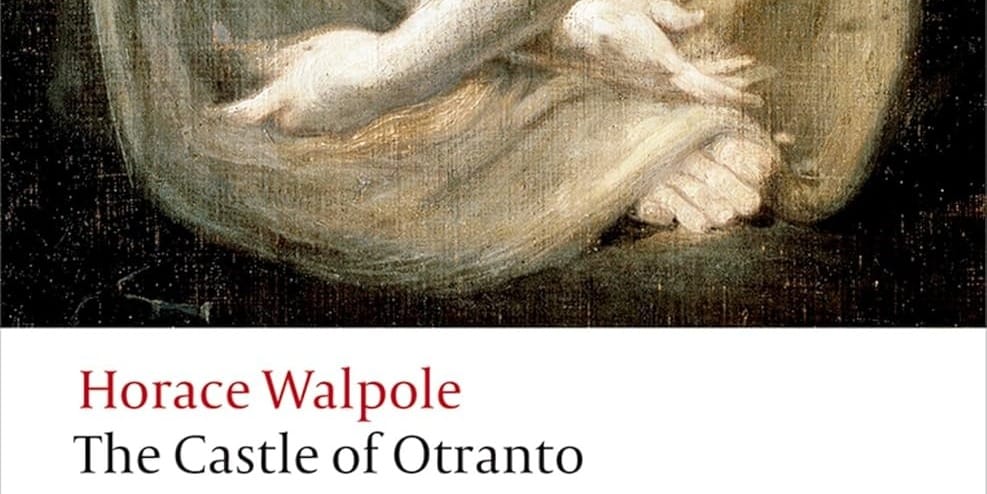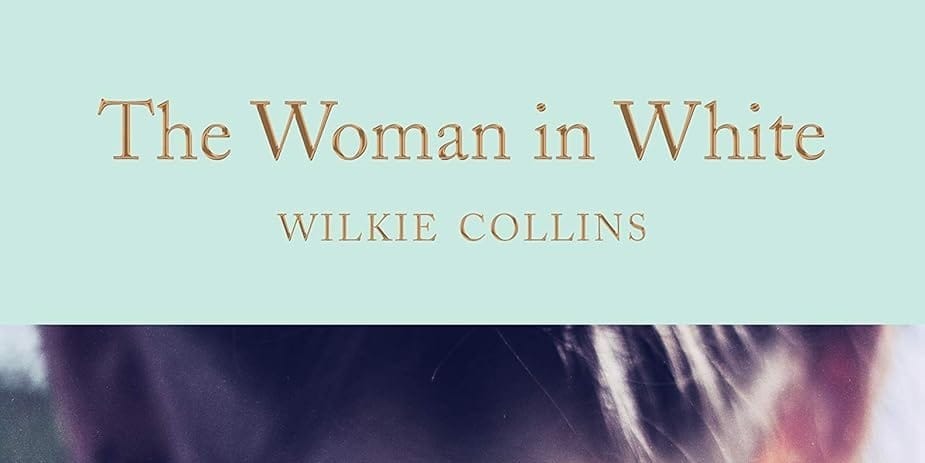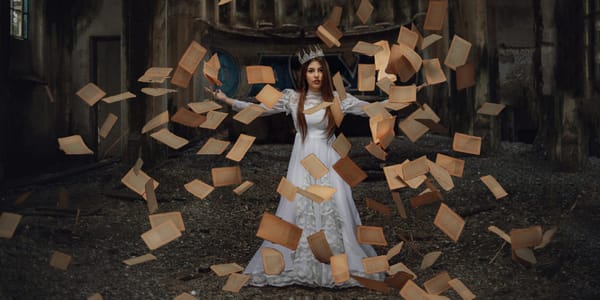Gothic literature isn't just a genre—it's a captivating exploration of the darker aspects of the human psyche, intertwined with mystery, romance, and the supernatural. Born in the late 18th century, Gothic novels continue to enthrall readers by transporting us to shadowy castles, haunted mansions, and stormy landscapes, filled with suspense and emotional intensity. These stories deeply influenced other genres like mystery, thriller, and even fantasy classics. If you're ready to embrace the eerie atmosphere and unravel the profound themes hidden in shadows, here are ten must-read Gothic classics that define the genre.
What Makes a Gothic Novel Truly Gothic?
Gothic novels thrive on suspense, emotional depth, and atmospheric settings. They often feature isolated protagonists confronting the unknown—whether supernatural or psychological. Typical Gothic themes include forbidden romance, madness, ghosts, curses, and family secrets lurking within dark corridors and locked rooms. Think moonlit ruins, ancient prophecies, or labyrinthine castles. Unlike straightforward horror, Gothic fiction explores the psychological dread of characters, emphasizing internal fears and moral ambiguities. Its influence reaches beyond the genre itself, impacting modern classics and dystopian literature by shaping our fascination with the mysterious and supernatural.
Frankenstein by Mary Shelley
Mary Shelley's Frankenstein explores humanity’s dangerous quest for knowledge and the ethical dilemmas of creation. Victor Frankenstein, driven by ambition, creates life, only to be horrified by his own creation. The novel grapples with profound philosophical questions about responsibility, isolation, and the monstrous within humanity itself. Shelley's Gothic masterpiece remains relevant today, providing rich commentary on scientific exploration and moral boundaries, making it a timeless work that continues to resonate deeply with readers who ponder our relationship with technology and nature.
Dracula by Bram Stoker
Bram Stoker's Dracula is synonymous with Gothic fiction, offering readers an intoxicating blend of horror, romance, and adventure. Count Dracula’s charismatic yet terrifying presence embodies human fears of immortality and the unknown. Set against the eerie backdrop of Transylvania and Victorian London, the novel weaves themes of sexuality, obsession, and the struggle between good and evil into a thrilling narrative. Its enduring appeal is evident in countless adaptations, firmly placing Dracula among the greatest literary classics ever penned.
The Picture of Dorian Gray by Oscar Wilde
Oscar Wilde's only novel, The Picture of Dorian Gray, is a striking exploration of vanity, corruption, and moral decay. Dorian Gray exchanges his soul for eternal youth, his portrait aging and reflecting his inner depravity instead. Wilde’s sharp wit and philosophical insights examine beauty, art, and morality's fluid boundaries. This novel not only epitomizes Gothic fiction but also urges readers to reflect deeply on superficiality, morality, and identity.
Wuthering Heights by Emily Brontë
Emily Brontë's Wuthering Heights is a tempestuous story of intense passion, revenge, and tragedy. Set against the bleak moors, it tells the haunting tale of Heathcliff and Catherine, whose obsessive love leads to ruin. The wild landscape mirrors the characters’ turbulent emotions, exploring themes of love, class, and revenge. Brontë masterfully weaves a Gothic narrative, making it one of literature's most evocative romance classics, embodying Gothic fiction’s dramatic intensity.
Jane Eyre by Charlotte Brontë
Charlotte Brontë's Jane Eyre merges Gothic suspense with profound psychological depth. Jane’s turbulent journey from a harsh childhood to Thornfield Hall, where she encounters the mysterious Mr. Rochester, embodies classic Gothic tropes—hidden secrets, dark passions, and emotional turmoil. Yet, Brontë also challenges traditional gender roles and social norms, placing the novel among timeless classics that resonate deeply due to its progressive views on independence, love, and morality.
The Monk by Matthew Lewis
Matthew Lewis’s The Monk pushed Gothic boundaries with scandalous content exploring religious hypocrisy, forbidden desire, and supernatural horror. Ambrosio, a monk revered for his purity, succumbs to temptation and descends into depravity. The novel vividly illustrates the thin line between virtue and vice, showcasing Gothic fiction’s fascination with morality and human weakness.
The Castle of Otranto by Horace Walpole
Horace Walpole's The Castle of Otranto, often considered the first Gothic novel, is a thrilling blend of medieval romance, supernatural occurrences, and melodramatic twists. Walpole introduces classic Gothic tropes, including prophecies, ancient curses, and eerie settings, influencing countless literary works. Reading this classic provides valuable context on how Gothic literature began, enriching your understanding of the genre.
Rebecca by Daphne du Maurier
Daphne du Maurier’s Rebecca is a mesmerizing novel of psychological suspense. The unnamed protagonist becomes haunted by the lingering presence of her husband's deceased first wife, Rebecca. Du Maurier masterfully blends romance, mystery, and psychological tension within Manderley’s imposing walls. It elegantly showcases Gothic literature’s ability to explore the haunting power of past secrets and identity crises, making it an enduring favorite.
The Turn of the Screw by Henry James
Henry James's novella, The Turn of the Screw, remains one of Gothic literature’s most ambiguous and compelling narratives. Told from the viewpoint of an increasingly unreliable governess convinced of supernatural events, readers must grapple with psychological uncertainty. James explores the profound horror of ambiguity—are the ghosts real, or is madness at play? This classic influenced both mystery and thriller classics, offering readers profound psychological depth.
The Woman in White by Wilkie Collins
Wilkie Collins's The Woman in White is a landmark of Gothic mystery, blending romance, suspense, and social critique. Collins’s intricate plot involving mistaken identities, insanity, and sinister conspiracies revolutionized Gothic storytelling. Its gripping narrative and vivid characters influenced mystery classics for generations, offering readers thrilling insights into Victorian anxieties and the struggle against oppressive social conventions.
Why Gothic Classics Still Captivate Readers Today
Gothic classics endure not just for their thrilling plots and supernatural elements, but for their exploration of timeless human fears, passions, and psychological complexities. Whether confronting the ethical consequences of creation in Frankenstein or experiencing obsessive love in Wuthering Heights, readers continue to find themselves deeply engaged by these powerful narratives. Gothic literature reflects our darkest impulses and greatest fears, making it eternally relevant. Moreover, Gothic themes transcend the genre, permeating modern literature, philosophy, fantasy, and even dystopian classics, emphasizing our universal fascination with life's profound mysteries and darker truths. Whether you're new to Gothic literature or revisiting familiar favorites, these classics offer endless opportunities to explore the shadowy corridors of the human soul, illuminating why these stories remain irresistibly compelling today.
💬 Psst… Many of the books from the list are available to read for free with Kindle Unlimited or listen for free with Audible — both offer 30-day free trials for new users. Perfect if you’re trying to read (or listen to) more without spending more.

